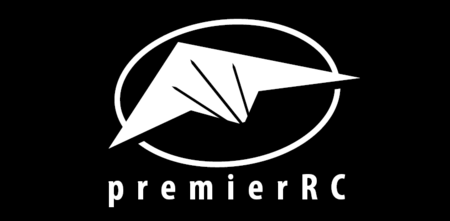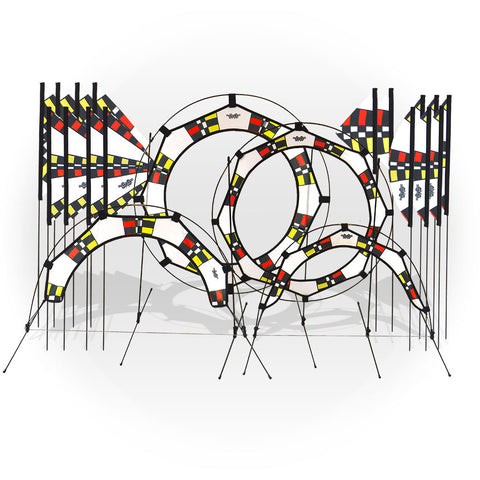History
For at least 100 years, man has understood a close connection between kites and aircraft. Many early aircraft such as the Wright brother’s original gliders were first tested as unmanned kites. In recent times we clearly see the roots of kites in modern hang gliders that trace their origins to the simple Rogallo flexi-kites of the early 1960’s. Although the connection between aircraft originating as kites is historically obvious -- what about kites specifically made to function as aircraft ornon-tethered kites? Wouldn’t it be fantastic to take the multitudes of different kite shapes that have been designed over the last two hundred years and unlock their aerodynamic potential as powered free-flying controllable aircraft? Suddenly, the thousands of beautiful and sophisticated modern kite shapes would be unleashed into the sky with no need for tethers or even wind! Welcome to the world of Vector Powered Kite flying.
The common definition of a kite is a tethered aircraft in a continuously stalled state. Easy enough. In fact, so clear-cut that by simple deduction we can change a kite into an aircraft by simply taking away the tether and altering a kite’s “stalled state” to that of a basic glider. This can be easily accomplished by changing almost any kite’s center of gravity. For a simple experiment, hook a set of car keys to the tow point of any small delta kite and toss it forward. It will sail across the ground like any normal glider however; take the weight off, toss the kite, and it will stall.
But if the Wright brothers only developed kites that would glide in straight lines, we would still be taking the train. Propulsion and control are essential to aviation. In the Wright brother’s case, they developed wing warping and moving control surfaces to maneuver their kites and a 180 lb, 12 horsepower engine for propulsion. Moving control surfaces have been used since the dawn of flight and accordingly since the birth of model RC aviation. However, modern kite structures are simply not moving control surface “friendly”. First, they need airspeed to work. Since kites by nature are slow moving, to steer them by moving control surfaces requires very large moving surfaces, big hinges and big servos. Further, by nature, kites are much lighter per size than traditional aircraft and are able to sometimes “stop” and “float” on the wind. Moving control surfaces are completely ineffective at controlling an object that simply “stops” in the air. In addition, the beauty of a modern kite is its lightweight simple structure that can easily collapse down to a convenient portable bag. To load them up with hinges, ailerons, rudders, elevators, control horns and other mechanisms would spoil their construction.
Just like the Wright brothers, the solution to flying kites un-tethered and under power lay in propulsion and control. In 2008, a brilliant RC hobbyist in Solingen, Germany made a pioneering breakthrough and developed a revolutionary method to propel and control un-tethered kites. Instead of moving control surfaces, he moved the actual direction of thrust. By developing an elegant combination of a lightweight brushless motor, modern RC servos and a Cardanic gimbal system, he solved all problems of propulsion and control in one bold stroke. With a high thrust electric motor mounted inside a controllable gimbal, the system achieves full three axis control by augmenting thrust up, down, left , right, or in any combination. Pitch, yaw, roll and forward speed are all achieved by the combination of up-down and left-right thrust positioning along with proportional speed control of the brushless motor. Since the thrust on the propulsion unit is totally controlled in the way of both magnitude and direction, the propulsion assembly was christened a Vector Thrust Control Unit*. The Vector Power revolution had just begun.
Premier Kites, a leader in the high-end kite industry for over 27 years, is honored and fortunate to receive this landmark knowledge and research. Through these groundbreaking innovations and Premier’s excellence in manufacturing, the world of Vector Kiting is a reality for flight enthusiasts all over the world.
* The Gimbal Thrust System and other proprietary Vector Thrust Control Systems are current Patent Pending.

